The Making of The Blair Witch Project: Part 6 – Guerrilla Tactics

It Was a Simpler Time
Remember what I said at the beginning of Part 1 of this series, about great horror films not being all that abundant in the early 1990’s? Well, also the internet didn’t really exist yet – certainly not like it does now. I mean, we had things like America Online, GeoCities, some text-based listservs… We were so entertainment-starved that we’d only dream of one day watching a GIF of a dancing baby or buying a used dildo on eBay a few years later.
Related Stories: The Making of The Blair Witch Project: Part 1 – Witch Pitch
The Making of The Blair Witch Project: Part 2 – Getting to the Woods
The Making of The Blair Witch Project: Part 3 – Doom Woods Preppers
The Making of The Blair Witch Project Part 4: Charge of the Twig Brigade
The Making of The Blair Witch Project: Part 5 – The Art of Haunting
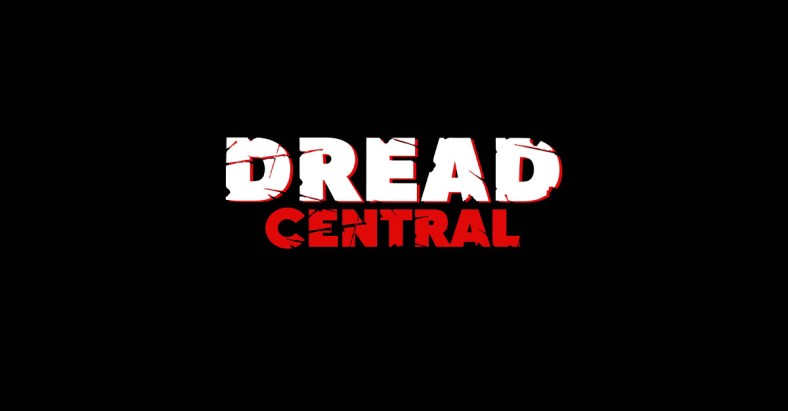
But by the time we’d shot “Phase 1” of The Blair Witch Project (you know, the part with Heather, Mike, and Josh in the woods), the internet was a reality. That fucking baby could dance!

Behold, the pinnacle of online entertainment.
Meanwhile Haxan Films had set up shop at the office of Chapman/Leonard Studios in Orlando where Ed and Dan began working with the “Phase 1” footage on an Avid in-between paying jobs (mostly cutting movie montages which appeared on video screens around Planet Hollywood). Around that the “Phase 2” stuff (analysis of all the footage) needed to be created – but first the twenty-two hours of footage that Heather, Mike, and Josh shot on 16mm and Hi-8 needed to be sifted through, and this would take some time because the original plan was to use very little of their footage – maybe a third of the original concept of the film was supposed to be the stuff they shot.
The Planet Hollywood work became lucrative enough that Mike Monello was able to quit his marketing position at the Enzian Theater (where I still worked as a manager and projectionist at the time), and he went to Haxan full-time cutting Planet Hollywood videos and whatever else came through the door.
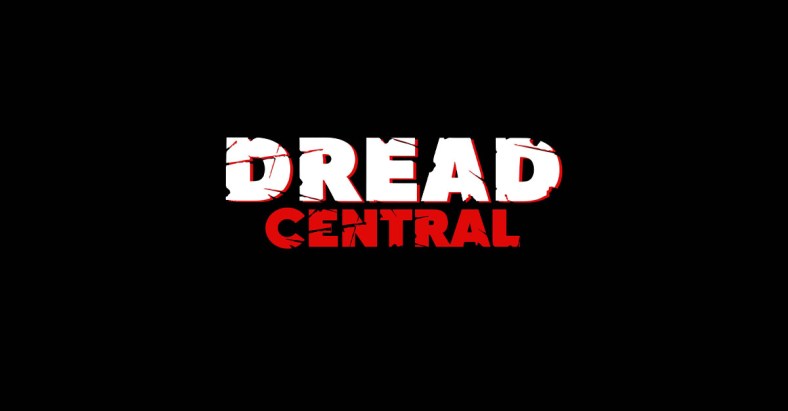
You gotta pay the bills.
Ed and Dan kept sifting.
They had to work fast because the second segment on The Blair Witch Project for IFC’s show “Split Screen” (a significant chunk of our shooting budget) was due in February of 1998.
During this time, my personal involvement backed away from The Blair Witch Project. I kept working toward directing film and theater projects of my own – including the 35mm short film The Meeting, which was written by Jonathan Mangum and starred Rich Williams, who would go on to play “Bill Dixon” in Shadow of the Blair Witch, and Keith Hudson, who would go on to play “Chambers” in Alien Raiders, andd was produced by Jay Bogdanowitsch, who had helped me shoot a bunch of stuff for the original “Blair Witch Tapes” sizzle and would go on to produce The Burkittsville 7 and Shadow of the Blair Witch.
I will talk more about those specials in the next and final installment of this series. In case you’re interested, here’s that short:
[vimeo 56153482 w=425 h=350]
Two significant things happen in this time, however:
- In April of 1998, “Split Screen” airs its second Blair Witch segment – now featuring some of the footage we’d created in Maryland.
- grainypictures.com‘s online chat board on this thing everyone was getting excited about called the World Wide Web exploded with conversation and debate about this segment and the truth of this thing called the “Blair Witch.”
Here’s the first segment of “Split Screen” about us, which began the hubbub. Our segment begins about thirteen minutes in:
[youtube https://www.youtube.com/watch?v=K5GuG7Lw3RU]
John Pierson, discoverer of Kevin Smith and Spike Lee and Michael Moore, called the Haxan office in Orlando because his servers at the time weren’t built for this kind of traffic. He encouraged Haxan to create its own website for The Blair Witch Project to get all the chat board traffic off of his site. Mike Monello, who’d had a great deal of web experience at the time marketing the Enzian Theater, pitched the idea of creating a website about the Blair Witch legend itself.
Ed had some free “web developer” software on his PC at the Haxan office, and so he and Mike decided to throw all the mythology, still pictures, all the ancillary materials we’d created while building this story other than the film itself, onto a website.
In May of 1998, that site went live. Here’s a preserved version of that site, thanks to Dan Karcher.
Fans started to give Haxan their emails. A deep fan interaction began between the creators of this little movie and the people who wanted to know more. More on that later.
That One Time I Was Right
Around that time, producer Gregg Hale came to the Enzian Theater to see a movie while I was working, and afterward we stood in the parking lot and chatted about the state of all things “Blair.” The second phase of the movie was still several months off and an expensive proposition.
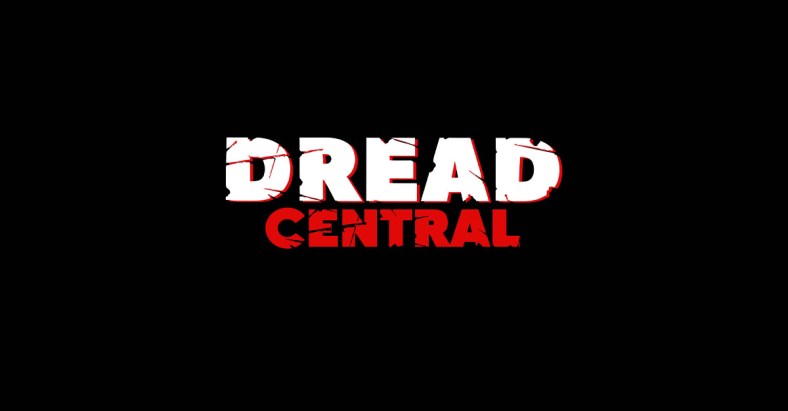
If you find yourself in Orlando, please visit the Enzian Theater. www.enzian.org
“Could a movie be cut out of what we shot already?” I asked, leading to my conclusion. “I think we’ve already got it.“
Maybe it was out of pure laziness and wanting to see the film already done – but I’d seen what we made in Maryland while we were shooting. I thought the human drama among Heather, Mike, Josh, and whatever the fuck was in the woods was compelling stuff, enough for its own movie, enough not to need further embellishment.
“I don’t know,” Gregg said. “It was all designed for ‘Phase 2’.”
He was right. We’d really put some hooks into “Phase 1” that were only going to pay off if the film had moments of freeze-frame, punch in, voice-over analysis. We would both see soon enough, because on Saturday, June 27, 1998, my boss at the Enzian let me host a free screening at 10am where we could invite whomever to come watch the “Phase 1” cut (as long as I cleaned the place up before we opened).
It was about two and a half hours long.
As I drove up to let everyone into the theater, I saw Julie, amazing photographer and Mike Monello’s girlfriend, posing Ed, Dan, Gregg, Mike, and Rob in a picture that came to define the brain trust who made the film.

The “Haxan 5” circa July 1997: From left to right – Dan Myrick, Robin Cowie, Gregg Hale, Mike Monello, Ed Sanchez. Photo by Julie Monello.
I’d invited some people to see the screening, including my sister’s ex-boyfriend Dave. All I told anyone was “Come see a first cut of a movie I worked on.” I gave no context, no disclaimer, no sense that this was all fake. We had a decent-sized house for that screening off of BetaSP tapes, including Gregg’s neighbor (and brilliant production designer) Christian Guevarra, who brought an LA producer named Kevin Foxe he was working for on a feature called In the Eye of the Storm, who was just looking for something to do on a Saturday in Orlando.
To this day, people ask me about that 2.5-hour cut – what was in it? Was it totally scarier? I always say the same thing: “A lot more of Heather filming her feet walking on dead leaves.” When you’re watching something not work on the big screen in a room with an audience, you can really feel it.
It dragged, and for the first time I felt my enthusiasm for the movie wane.
My takeaway from that screening, which ran so long I feel like I’m still watching it now as I write this, is one thing: We would need “Phase 2.” The “found-footage-only” plan just hadn’t worked, I incorrectly assessed.
That night at my apartment in Maitland, someone actually put a bundle of sticks in front of my door. I opened it cautiously – no human remains, although something smelled of ketchup. But who would do this and why? Unbeknownst to me, the overlong, boring, bloated version of the story had actually spooked someone.
Phase 2 – July 23 1997
The initial thrust of “Phase 2” consisted of fake newscasts about the missing students, the press conference with Rustin Parr, an interview with a private investigator, a fake 1970’s paranormal documentary called “Mystic Occurrences” in the mold of “In Search Of…” It was all the mystery around the footage.
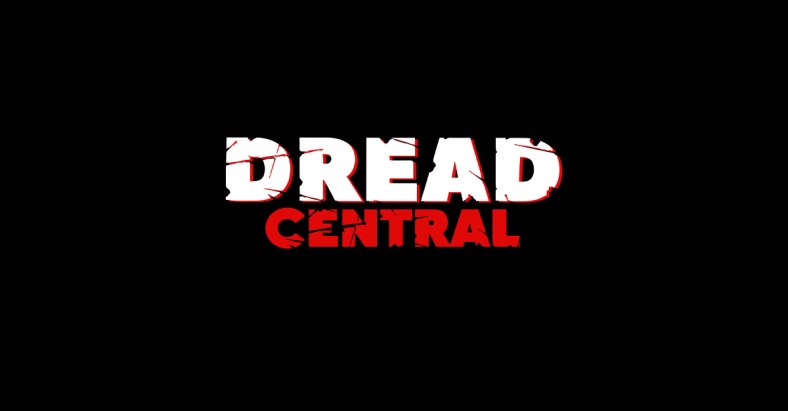
Mystic Occurrences – Part of Phase 2 which would resurface in “Curse of the Blair Witch.”
I wanted to be as involved as possible, but as I recall they were out of money, and even though we’d shot “Phase 1” like guerrilla warfare, “Phase 2” would be more like guerrilla filmmaking as we already knew it. Tiny crews (headed by DP Hector Lopez), no money, minimal everything, no pay.

The Elusive Frank Pastor as Rustin Parr.
I helped out as much as I could (finding a real private investigator named Buck Buchanan, rounding up some props), but I was back to my two jobs, my personal ambitions, and my new relationship with film student Alicia Conway – whom I’d worked with and gotten to know at the Enzian, who was about to graduate from the UCF film program as we all had.
Alicia was planning on moving to Los Angeles after she finished school and offered me the chance to go with her. I’d been wanting to go to California since a brief misfire in 1993 when I flew to LA to work on an Uli Lommell film that ended up getting pushed and I went back to Orlando without that amazing credit on my resume. Orlando was fine, but I’d done as much as I was going to do there, and I needed to leave.
Out of Phase
There was never, to my knowledge, any public screening of the film which employed any of the “Phase 2” footage and I never personally saw the two phases intercut. The absolute realism that was achieved in Maryland didn’t need to be broken up with this footage (much of which went on to have a second life later, in Curse of the Blair Witch).
“Phase 2” wasn’t the answer; the movie was either in the footage we’d gone to Maryland to create, or it wasn’t there at all. Ed and Dan got the cut of the Phase 1 stuff down to about an hour and 45 minutes. I still felt like this idea had something I’d never seen before. In July Ed, Dan, and Gregg showed it to a film class at our alma mater, UCF, and the class hated it. An Orlando-based advertising executive who was shown some footage told me confidentially that the movie sucked, and it wrecked me.
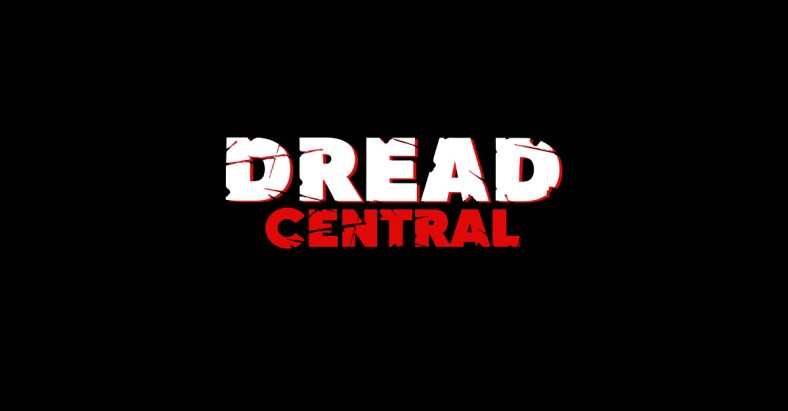
The Haxan offices on Robinson Street in Orlando. Left to right: Ed, Mike, Gregg, and presumably Dan’s foot. Photo by Stefanie Sanchez
They went back to the edit bay to pare the movie down further. It was the last shot at making this idea work without shooting some other version of “Phase 2” (“Phase 3,” anyone?), for which there was no money.
It had been three years since the journey had begun, months and months of editing and trial & error, and Ed and Dan needed to make this version be the version, lest the project drag on indefinitely or die as so many do. In late September they cut it down to the bone: 87 minutes.
It was tight, scary, unexpected, never boring. The performances that Heather, Mike, and Josh had actually suffered so much for were paying off, holding attention, and creating intense suspense.
The Blair Witch Project was about as good as it was ever going to be.
Here Goes Nothing
On October 1, 1998 – eleven months since the final day of shooting – Mike Monello overnighted the application and a VHS videotape to the Sundance Film Festival, followed by a bunch of other festivals. Thanks to the exposure on “Split Screen” and the growing popularity of the website and an email news blast, word spread; and quickly someone at one of the festivals (we will never know who) made a VHS dub of the festival screener, and physical bootlegs of the film started popping up everywhere. To this day, I meet people who first saw The Blair Witch Project on one of these bootlegs knowing nothing – they were just like me in Gregg Hale’s living room in 1996. They didn’t know what had hit them.
November 23, the Tuesday before Thanksgiving, I was working at the Enzian Theater when my Beeper Express pager went off with Gregg’s phone number.
“Guess what?” he said.
“What?” I said.
“We fucking got into Sundance!” Fist-pumping holy shit. From Gregg’s living room to the woods in Maryland and back, this idea had somehow gotten into Sundance.I didn’t believe it. The brass ring – the most important film festival you could play in 1998, the festivals where fortunes were paid and earned, where careers were launched. What the actual fuck.
“What now?” I asked.
I noted a tone of disappointment in Gregg’s voice. “We’re only in the Midnight program, not in competition. We don’t know if we’re going to accept.”
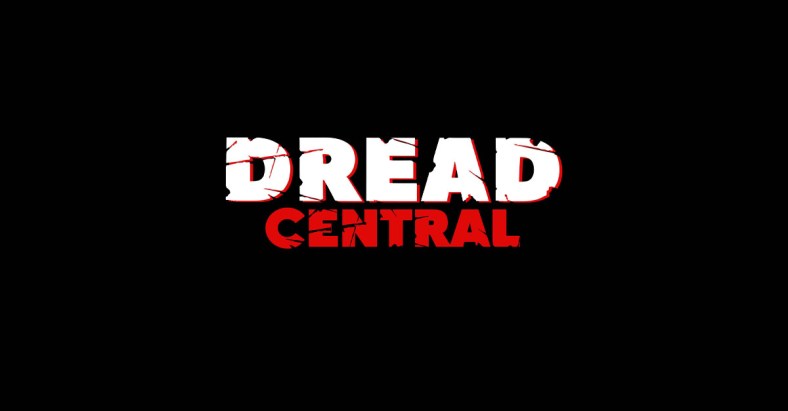
“What?!” I said.
“Some other festivals are offering us better placement,” he said.
“Damn,” I thought. “Film festivals are hard.”
It had never occurred to me that anyone might get into Sundance and turn them down. That evening, however, the choice to play Sundance – inferior placement notwithstanding – was made.
The Blair Witch Project, this little stupid idea we’d all kicked around and had made for pennies, was somehow accepted into the most prestigious film festival in the country. On that moment, everything turned, everything was considered more valid than it had been, anyone’s objections to it could be deflated by the mere mention of Sundance… But it could go there, do nothing, not get picked up, and as many an art film do – die in obscurity.
Once a feature gets accepted into Sundance, distributors start sniffing around it, and it’s easier to bring in money. A lot more money needed to be raised to bring it to Sundance – for instance, a 35mm film print had to be struck.
Weeks later I was talking to Gregg at the Haxan office about various distributors they wanted to court at Sundance. I remember bringing up Artisan Entertainment, who had done an amazing job with Darren Aronofsky’s first feature film, Pi.
Gregg said, “That’s cool, but we’re hoping to do a little better than Artisan.”
Greener Pastures
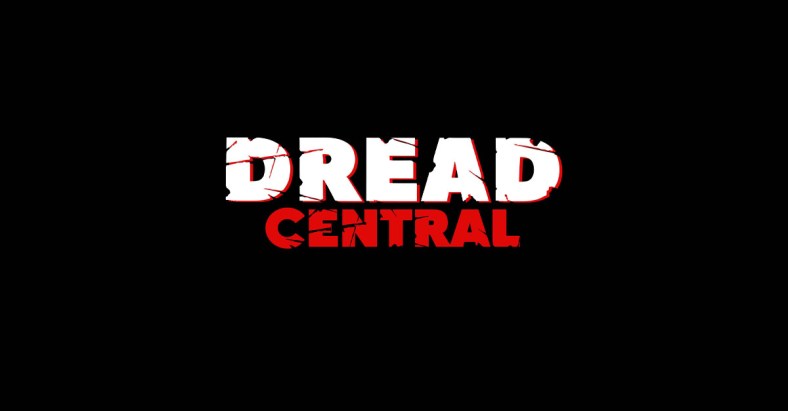
The “Stickman” logo as designed by Steve Carsella for the Sundance poster. He also designed the whole poster.
The Haxan offices (which had moved to a converted house on Robinson Street near downtown) were abuzz with life at the end of 1998. There were two edit bays (now Media 100’s instead of Avids), a couple After Effects stations, and Ed’s PC which he used for the website. The Sundance posters, replete with creepy handprints in lacquer relief, had arrived in chemical-smelling cardboard boxes, as had fleece hats which bore the Stickman as well as sterling-silver “Stickman” pins. When I saw the Stickman (with the logo designed by Steve Carsella based on my design) on the posters and the hats, it was the first time I realized that everyone hadn’t hated the design and had just gone along because I didn’t come up with something better.
It was unreal – this abstract thing that I’d come up with after being inspired by Nigel Pennick’s “Magical Alphabets” was the sign, the symbol for this movie that was going to be at Sundance. Who knows who would see it.
And I was getting ready to leave town and move to LA at the beginning of January.
“Why are you leaving right NOW?” Rob Cowie said to me that night in the Haxan office.
Everything was in motion, I was quitting my job, I was moving out of my apartment. In a month I would live in LA.
I didn’t have a real answer – staying in Orlando might mean being around as this monster of ours blew up, got bigger, and our careers would happen together. Or it could go to Sundance, not get picked up, and years later I’m still working at the movie theater.
But more importantly and why this wasn’t a tough choice for me – by this time, the part of The Blair Witch Project that was mine just wasn’t mine anymore. I’d done everything I could ever do for the film (or so I thought), and it belonged to Haxan now, and they were going to go to Sundance and maybe get their next job out of it and maybe I’d be a part of that and maybe I wouldn’t. The people at Haxan Films were my friends, but I wasn’t an official part of Haxan Films; they’d never asked me to partner with them in that way, and it wasn’t my ambition to be their employee indefinitely.
A few weeks later Alicia, our friend Jeremy Gilleece, and I drove all our belongings from Orlando to Los Angeles. Along the way, I got a stomach flu, slowing our progress.
Saturday, January 23, 1999
When we arrived in LA, Alicia and I put all our stuff into a storage unit and went back to our friends’ apartment in Sherman Oaks, where we intended to stay until we could get settled in our own apartment. One of our friends, a budding producer, had just moved from Orlando a few months earlier and knew all about The Blair Witch Project. He was so proud of us all for having gotten this far, for having gotten acceptance into Sundance.
“Just don’t get your hopes up too much,” he advised.
“I don’t know, man,” I said, thinking about everything I knew about the horror films of the 1960’s and 1970’s, the indie boom of the late 1980’s, the way the basic concept had grabbed me in Gregg’s house three years earlier or how John Pierson had reacted to our sizzle reel. Maybe it was false bravado, the “sunk cost” fallacy, the stupidity of being young and thinking all your ideas are great, maybe it was my need to not be condescended to even by a friend in a nice way.
I said, “I really think this one could go the distance.”
I was getting over a stomach flu; I was exhausted from the trip and had about $50 to my name, had just moved to a new city, and had no idea what my future held or how I might fit into it. Every film I’d worked on up until then had either been released straight to video or not at all (not uncommon in the Southeast). I needed to hang some hope on this.
Alicia and I went up the street on Ventura Boulevard to a Carl’s Jr. to get some food, and while we were sitting there, someone walking out of the restaurant with a copy of the LA Times said to me, “Hey, you want this paper?”
“Sure,” I said. “These Angelinos are super-friendly,” I thought as I turned the “Style” section over, and the wind was kicked out of my lungs.
Below the fold, at the bottom of the page was a picture of Mike, Rob, Gregg, Dan, and Ed wearing their “Stickman” fleece sock hats with giant grins on their faces. The headline read “Artisan Catches a ‘Witch’ After Dark.”
That night, with no plan of how to eat or where to stay, Alicia and I picked up Neal Fredericks and drove 12 hours to Park City, Utah.
Special thanks to Mike Monello for helping me keep the chronology of all this straight.
TO BE CONTINUED NEXT MONDAY
Categorized:News

